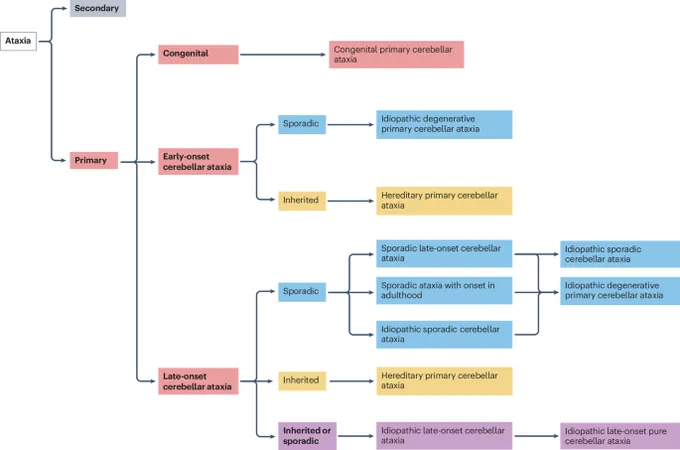
Unraveling the Mysteries of Late-Onset Cerebellar Ataxias: Breakthroughs and Hurdles
2025-09-22
Author: Sarah
Understanding Late-Onset Cerebellar Ataxias
Cerebellar ataxias, particularly the sporadic kind that appears later in life, pose significant challenges to both diagnosis and treatment. These disorders, marked by motor coordination issues and balance problems, can stem from a range of underlying causes, including genetic mutations, autoimmune responses, and environmental factors.
Recent Advances in Research
Recent studies have provided new insights into the genetic landscape of late-onset cerebellar ataxias. Notably, research has identified biallelic expansions in the RFC1 gene as a common culprit behind many cases. This breakthrough highlights the importance of genetic testing in accurately diagnosing and potentially treating these conditions.
Emerging Treatments and Clinical Trials
As understanding improves, so do treatment options. Trials involving medications like riluzole and various immunotherapies are showing promise, particularly in autoimmune-related ataxias. Additionally, advancements in techniques such as transcranial magnetic stimulation offer new avenues for symptom management.
The Role of Biomarkers
Biomarkers are crucial in tracking disease progression and response to treatment. Innovative approaches, including quantitative assessments of neurofilament light chains and α-synuclein, are paving the way for personalized treatment regimens.
Challenges Ahead
Despite the progress, challenges remain. Differential diagnosis can be complex, as symptoms often overlap with other neurodegenerative disorders like multiple system atrophy and Alzheimer's disease. Furthermore, the variability in symptoms can complicate clinical evaluations.
Looking Forward
As research continues to unfold, a multi-disciplinary approach integrating genetics, immunology, and neurology is essential. Collaboration among researchers, clinicians, and patients will be key to accelerating breakthroughs in our understanding and treatment of sporadic late-onset cerebellar ataxias.
In summary, while there are significant hurdles in diagnosing and treating late-onset cerebellar ataxias, the field is rapidly evolving, offering hope to those affected by this challenging set of disorders.

 Brasil (PT)
Brasil (PT)
 Canada (EN)
Canada (EN)
 Chile (ES)
Chile (ES)
 Česko (CS)
Česko (CS)
 대한민국 (KO)
대한민국 (KO)
 España (ES)
España (ES)
 France (FR)
France (FR)
 Hong Kong (EN)
Hong Kong (EN)
 Italia (IT)
Italia (IT)
 日本 (JA)
日本 (JA)
 Magyarország (HU)
Magyarország (HU)
 Norge (NO)
Norge (NO)
 Polska (PL)
Polska (PL)
 Schweiz (DE)
Schweiz (DE)
 Singapore (EN)
Singapore (EN)
 Sverige (SV)
Sverige (SV)
 Suomi (FI)
Suomi (FI)
 Türkiye (TR)
Türkiye (TR)
 الإمارات العربية المتحدة (AR)
الإمارات العربية المتحدة (AR)